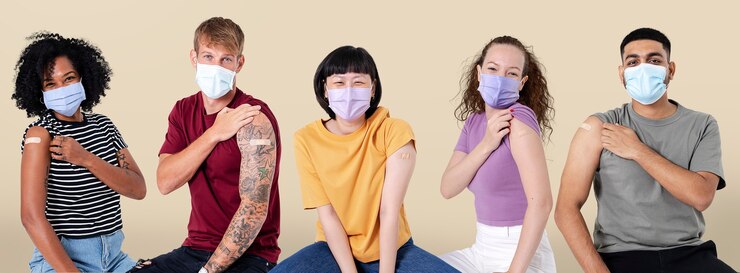
COVID-19 has reached every part of the globe, leading to severe health issues such as liver damage, respiratory failure, septic shock, pneumonia, heart complications, and even death. A major contributor to these complications is the cytokine storm—a condition where the immune system releases an excess of cytokines, inflammatory proteins that flood the bloodstream and damage tissues and organs.
Recognizing the symptoms of COVID-19 is crucial. Common signs include sore throat, headache, and other flu-like symptoms. These may appear anywhere from 2 to 14 days after exposure, though the timeline can vary between individuals. If you or someone around you experiences difficulty breathing, persistent chest pain, bluish lips or face, confusion, or trouble waking up, seek emergency medical help immediately. In some cases, strokes have also been reported.
While a sore throat and headache can be symptoms of COVID-19, they don’t always indicate infection. However, if you notice these signs, it’s important to take precautions. Stay home and isolate yourself, especially if you live with others. Use a separate room and avoid contact with family members to prevent spreading the virus. Even mild symptoms like a runny nose or headache warrant staying indoors, as your immune system may already be compromised, making you more vulnerable.
To protect yourself and others, avoid going out unnecessarily. If you need medical attention, contact a doctor by phone instead of visiting a clinic or hospital. Emergency medical services can also assist with testing and treatment if needed.
For those in cities like Dallas and Austin, at-home COVID-19 testing services such as Drip Hydration are available. These services can provide testing and medical advice without requiring you to leave your home.
Remember, this situation is temporary. With proper rest and by following your doctor’s instructions, you can recover and help prevent the virus from spreading to others.






